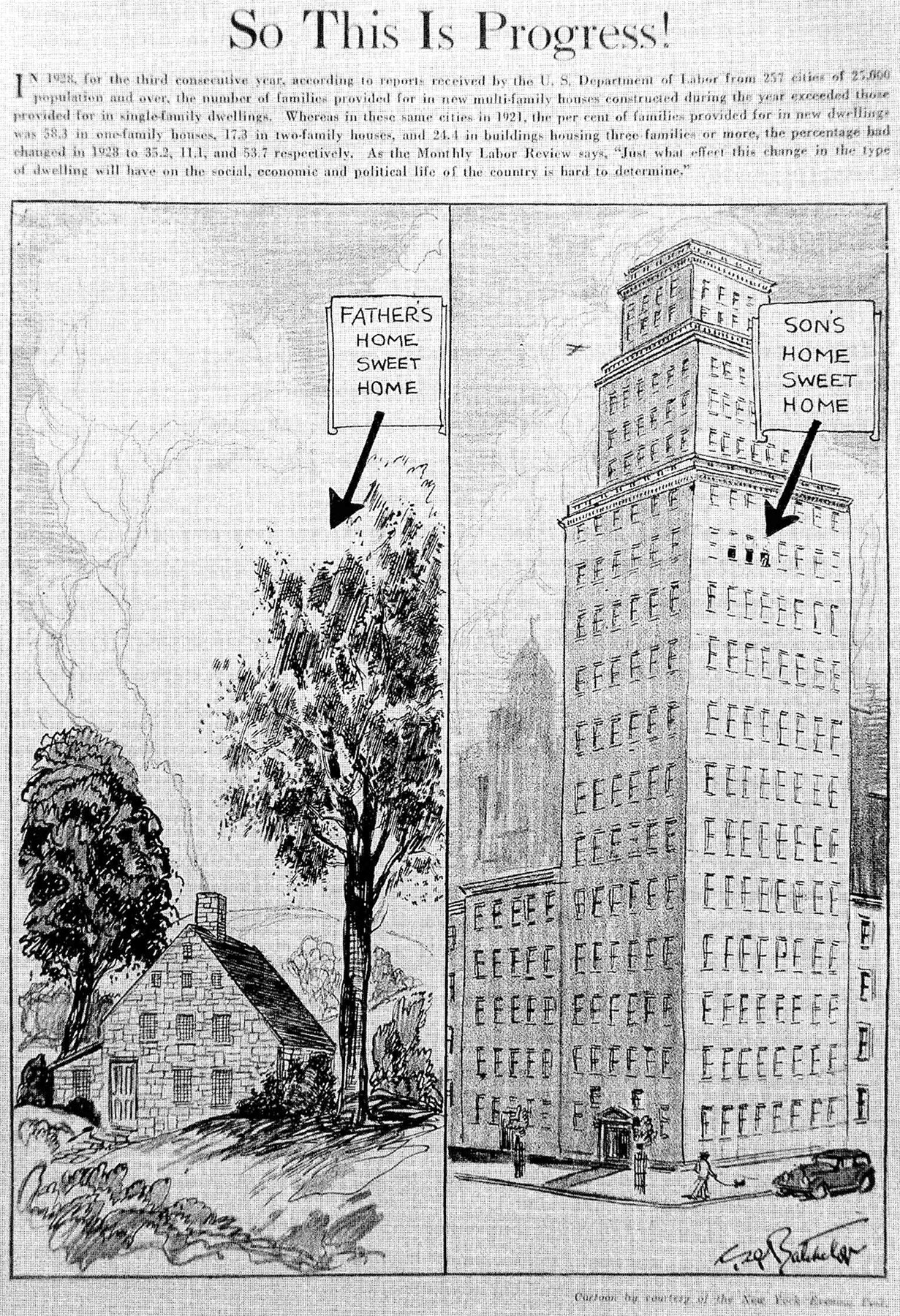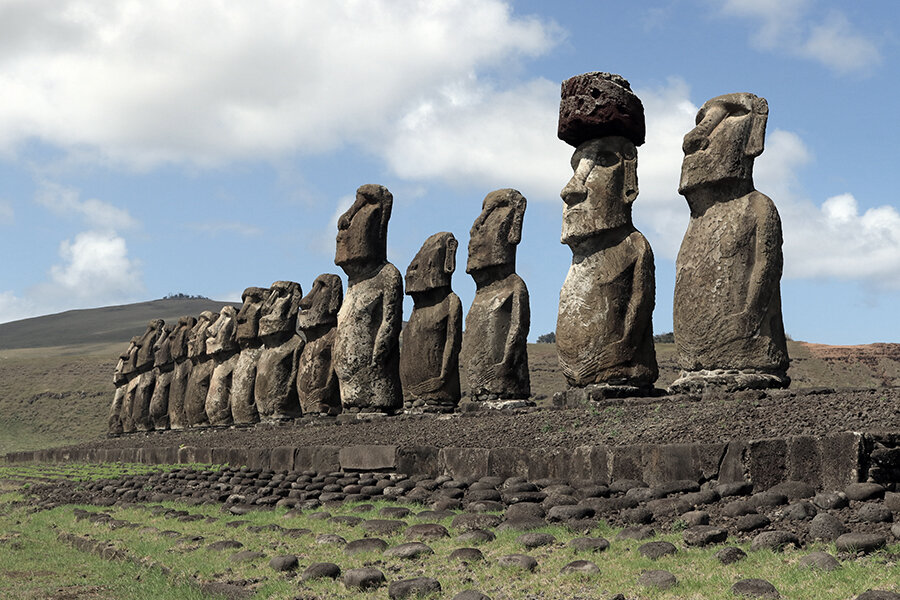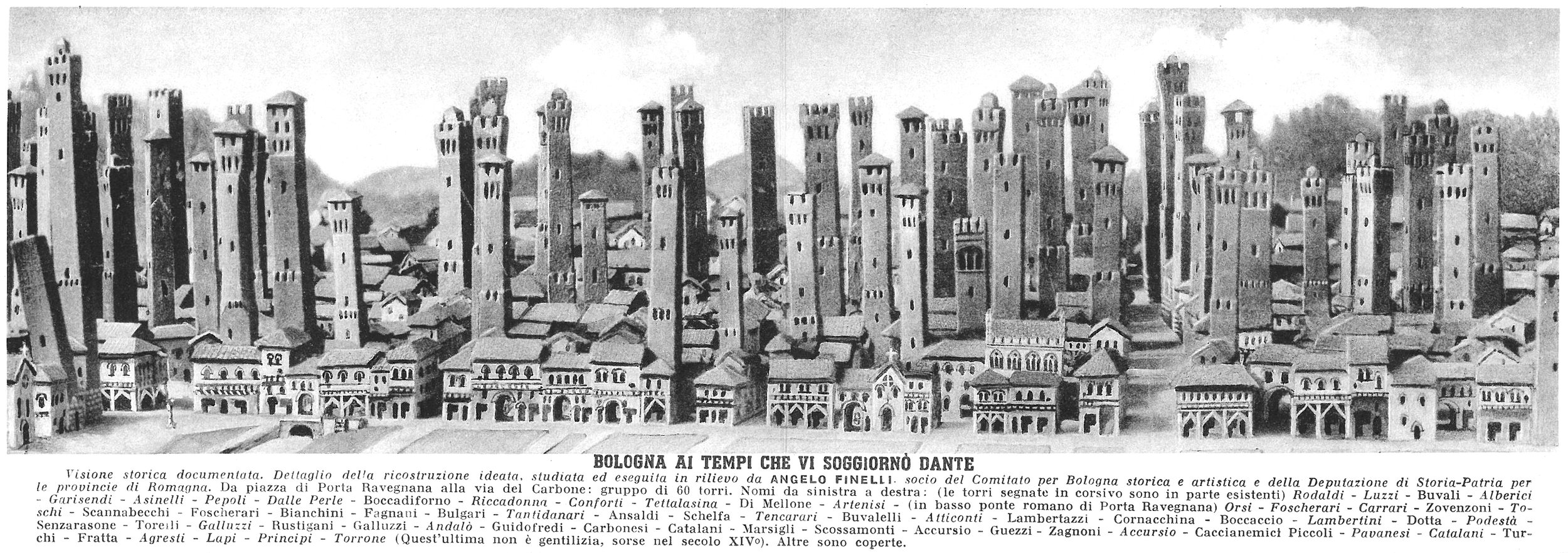Welcome to On Verticality. This blog explores the innate human need to escape the surface of the earth, and our struggles to do so throughout history. If you’re new here, a good place to start is the Theory of Verticality section or the Introduction to Verticality. If you want to receive updates on what’s new with the blog, you can use the Subscribe page to sign up. Thanks for visiting!
Click to filter posts by the three main subjects for the blog : Architecture, Flight and Mountains.

Verticality, Part XII: A Never-ending Struggle
The preceding work has explored our history with Verticality and our struggles to escape the surface of the Earth throughout human history. It began with our context on Earth and our source code that developed in us before we became human in the first place. It then explored our subsequent history up to today and focused on architecture, which is an external manifestation of this inner need to escape the surface. The previous chapter brought us to the present day, which also brings us to the question: will we ever stop pursuing our need for Verticality?

Verticality, Part VI: Archetypes
Man’s initial attempts to get closer to the sky in each of the five cradles of civilization
How does one achieve physical Verticality? At the most basic level, we can get closer to the sky in two ways. First, we can recreate the human body with singular elements that express height on their own. These objects can be seen as proxies for our own bipedal bodies. Second, we can physically raise the surface under our feet in order to raise our bodies up closer to the sky. These constructions can be seen as recreations of mountains, which are the highest places we can reach in the natural landscape. As our ancestors set out to externalize their need for Verticality, they experimented with both of these methods.

Anecdotes : A Tale of Two Apartments
Over the past few years, I've had two very different living experiences. The first, a 48th floor apartment in the Financial District of New York City. The second, a first floor flat in Park Slope, Brooklyn. I loved living in each of these apartments immensely, but the differences between the two have taught me a great deal about Verticality and its effects on our lives.

Verticality, Part V: Global Threads
How Defense and God provided the initial thrust for the Verticality narrative
Once our ancestors ceased to be nomadic and began establishing permanent settlements, two major threads of our development emerged. The first was the need to defend our territories against others; once we’d accomplished this, our attention shifted to our relationship with the unknown, or God. Each of these threads would evolve over time, and each was approached through the lens of Verticality.

The Moai of Easter Island
Easter Island is known the world over for its famous Moai statues, carved by the indigenous Rapa Nui people between 1250 and 1500. These statues have become iconic over the years, and most everyone has seen photos of them. A closer look at their design progression over time reveals a fascinating story, however. The Moai have a mysterious quality to them, partly because their story is one we don't have all the answers to.

Terracing and the Green Machine
Making meaningful green spaces in high places
Two things that every human being needs are to escape the surface of the earth through Verticality, and to be around plants and vegetation. Ever since the beginnings of permanent shelter and architecture, humans have been attempting to escape the surface by creating and inhabiting high places. We’ve also been repeatedly trying to recreate the experience of the surface by linking these spaces with greenery.

Bologna Rising
Here's a forest of towers in the Italian town Bologna, from the early 20th century. These towers were built as extensions of private homes for wealthy families. Their exact purpose isn't quite clear, but most likely it was a combination of status symbols and as means of defense during uncertain times. The image is quite compelling, with the forest of needle-like towers poking out above the lower buildings of the town below.

Stacking Suburbia
One of the major challenges with the high places we construct is that we're built for a surface-based existence. The surface is where the action is, and it's where our species has lived and evolved since before we colonized the world. Even the Ancient Romans called their six- to seven-story apartment buildings insulae, which is Latin for island, symbolizing the isolation that comes with living and working away from the surface. The advent of the modern skyscraper brought with it the possibility of living and working far, far away from the surface, which creates a special set of problems. How can we recreate the variety of the surface in the sky?

Verticality, Part IV: Beating the System
Homo Sapiens becomes the first animal to escape the food chain
Monkeys and apes are vulnerable creatures. Our source-code was built for a life in the trees, and on our own we lack any natural means of defending ourselves. Compared to other animals that evolved to survive on the savannah, we have no claws or fangs, we’re not particularly quick, and we don’t have natural camouflage. This makes us dangerously vulnerable to predators, and meant we needed to find another evolutionary niche in order to survive. Our answer was power in numbers.

Skylines As Value Indicators
Take a look at this 1881 Cartoon by Thomas Nast for Harper’s Weekly titled New York A Few Years from Now. Nast shows the southern tip of Manhattan Island, jam-packed with a phalanx of skyscrapers. The buildings are pushed so close together it’s hard to imagine where the streets are. Back in the shadows, you can just make out the spire of Trinity Church, which at the time was the tallest building in the country. Nast is being hyperbolic, of course, but the reality of most modern cities isn't far off.

Verticality, Part III: Inception
Our first act of descension and our first act of ascension
Our species evolved within the context described in Part I, and our physical surroundings would provide the foundation for our struggles with Verticality, as described in Part II. These early struggles would be defined by two acts. The first is an act of descension: we came down from the trees and out onto the savannah to become surface-dwellers. We would still carry much of the baggage from tree-dwelling life with us, however. I’ll henceforth refer to this baggage as our source-code. The second is the shift to bipedalism, resulting in our upright, vertical bodies. Together, these two acts would set the stage for the future and our never ending struggle to escape the earth’s surface.

Verticality, Part II: The Seeds of Verticality
Natural phenomena throughout our context that exhibit verticality
So there we were. Confined to the earth's surface, competing with life around us and existing at the center of our own worlds. As our ancestors evolved in the trees, we didn’t have the means to shape our environment like we do today, so we had to look to the natural landscape of the earth’s surface to satisfy our need for Verticality and exploit them whenever possible. These natural phenomena would define our early relationship and struggles with the surface, the sky, and the underground.

Verticality, Part I: The Context
The universal elements of our lives on planet earth
In order to understand how and why humans have an innate need to escape the surface of the earth, we must first examine the context in which we have evolved and existed throughout our history. This context is unchanging, and has been true for every member of our species who has ever lived. I’ll approach the subject in two parts.
